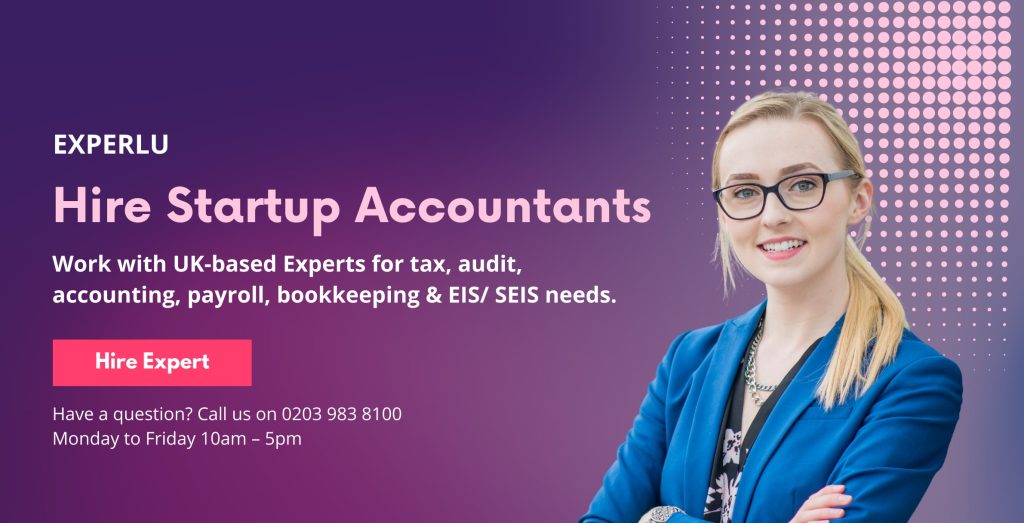If you are a startup or seed business looking for investments or an investor, you will come across the word “Advanced Subscription Agreement (ASA).” But the question is, what is ASA? How can such an agreement be helpful to startups or investors?
This comprehensive guide will cover everything about Advanced Subscription Agreement.
Table of contents
● What are ASAs?
● What are the advantages of ASAs?
● How do Advanced Subscription Agreements work?
● What are the disadvantages of ASAs?
● Things to consider while drafting ASAs
● How to be EIS and SEIS compliant?
● Conclusion
What are ASAs?
Under ASA, an investor funder agrees to buy shares in a company and, in return, offers equity. However, the shares are not immediately issued, meaning the investor is prepaying for the shares and waiting until a trigger event occurs to get the shares allocated later.

If the agreed funding target of a startup is not achieved in the qualifying funding round, then there is a long stop which is at most six months. By that time, investments will automatically be converted and shares issued.
What are the advantages of ASAs?
Sometimes seed and startup businesses raise funds through convertible loan notes or CLNs. These CLNs are convertible into shares in the future. But, companies raising funds through ASAs have an advantage over the ones with CLNs; they do not need to pay interest on the money they receive. Additionally, there’s no need to repay the money, as funds are always convertible to shares. Most startups prefer raising funds through ASAs to CLNs.
Furthermore, the founder doesn’t need to value a company until the first funding round. Initially, it is challenging to value a seed and startup business. Investors look for low-valuation companies such that the owners give away more equity early in the company’s life cycle. It is essential always to include a valuation cap when issuing an ASA as it ensures the existing shareholders about how much shares will be diluted when ASA shares are issued.
How is it advantageous for investors?
From an investor’s perspective, they are entitled to discounted shares and make profits from the tax breaks offered by the Enterprise Investment Scheme (EIS) and Seed Enterprise Investment Scheme (SEIS).
How do Advanced Subscription Agreements work?
When a company is looking for its first round of equity funding, an investor lends money in exchange for company shares at a later date. As the shares are not issued immediately, the company doesn’t need to be valued to determine the share price. According to the agreement conditions, investors will have the right to receive shares at a discounted price as offered to later investors.
Funds are converted into shares either during the qualifying funding round, when the company is sold or during a fixed long-stop date.
During the qualifying funding round, startups need a specific funding goal, and if the target is met, the ASA shares will be issued. While you set the funding target, balancing the needs and aims of investors and founders is essential.
Investors will try to keep a high enough target such that the company has enough money when the shares convert. Whereas founders will not have higher targets as the potential of converting investment into shares will reduce.
When ASA shares are converted, the ordinary shares will be granted at a discount between 10% and 30%.
What are the disadvantages of ASAs?
As the owner is giving away company shares at a discount while issuing ASA shares, their own shares will be diluted depending on the size of the discount. The ASA investors will often obtain the same rights, business covenants, and liquidation rights as the new equity investors, even though they paid less for the shares issued as a part of the equity funding round.
If there are any existing ASAs, it will discourage potential investors from participating in later funding rounds. It is because the ASA holders will receive shares at a discount, and a higher percentage of equity for funds will go to new investors. At times, the ASA investors feel these rights to the new investors are more favourable than those they received.
For investors, ASAs are less beneficial than CLNs in terms of liquidation, as no tollers rank higher than shareholders. Additionally, the funds under an ASA will not carry an interest charge, unlike CLNs.
Things to consider while drafting ASAs
When drafting an ASA, the first thing to evaluate is whether the directors have the authority to issue ASA shares and whether there will be preemption rights where the existing shareholders hold the right to refuse first when new shares are issued.
As an ASA investor, you must review the company’s Article of Association to understand the policy. Additionally, you must go through a shareholders’ agreement, if any, and understand how their terms will affect the ASA conditions.
Here are a few things that startups and investors must consider while negotiating ASAs:
● Curate the long-stop date when shares will be issued
● Fix the amount of valuation cap that investors receive when shares are issued
● Set a funding target for the qualifying investment round
● Consider the trigger events when shares will automatically convert under ASA
● No investor protection if they want to enjoy the benefits of EIS and SEIS
How to be EIS and SEIS compliant?
Before February 2020, if ASAs investments were to be used for EIS and SEIS purposes, the long-stop date was limited to 12 months after the agreement by HMRC. However, later it changed, and there are rules that ASAs must follow to be EIS/SEIS compliant. Such as,
● The subscription of payment will not be refunded under any circumstances
● The ASA can’t be varied, cancelled, or assigned
● ASA cannot carry any interest charge
● The long-stop date can be up to six months from the date of the agreement.
● The issued shares must be ordinary and completely paid in cash
● The investor must be a third party to the company, which means they do not have any connections for two years before the investment date and three years after the date

Conclusion
Whenever your company decides to raise money via ASA or CLNs, it is essential to carefully consider the pros and cons of raising money under the proper equity round. Ask an accountant to help you understand which is better for the current business scenario.









